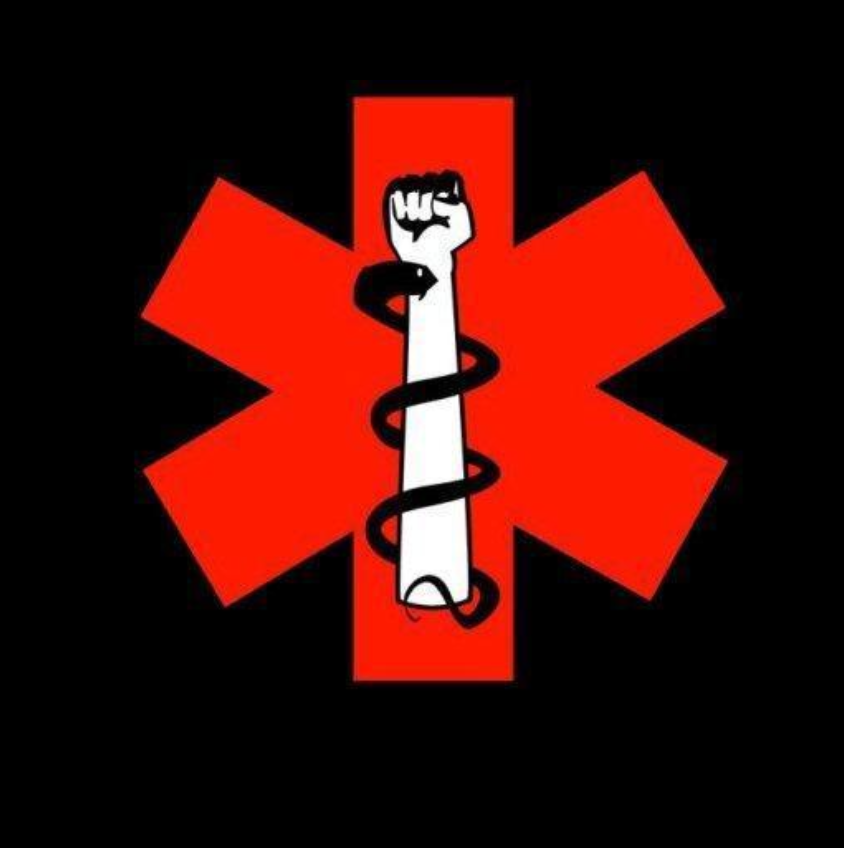In South East LA, our collective strength lies in our ability to come together and advocate for our community. Whether participating in marches, rallies, or demonstrations, understanding how to stay safe and support one another is paramount. This overview, inspired by principles of "Radical Care", highlights key considerations for protest safety and the vital role of community members.
The Role of Street Medics:
Street medics are volunteers with basic first-aid training who attend protests to provide immediate, on-the-ground care. They offer a fundamental level of support and are not a replacement for professional emergency medical services. Their presence underscores the importance of community self-sufficiency and mutual aid.
Key Aspects of Protest Preparedness:
Being prepared is crucial for any public action. This involves:
-
Understanding Your Surroundings: Familiarize yourself with the protest location, potential medical services nearby, and the overall plan of the event.
-
Mental and Emotional Readiness: It's important to assess your emotional state before and during a protest. Connect with trusted individuals or seek support if you feel anxious, stressed, or distressed.
-
Personal Readiness (P.E.A.R.L.): Before attending, consider your physical and emotional state, your "arrestability" and associated risks, your designated role, and any "loose ends" (like pet care) that need to be addressed.
Minimizing Risks:
Taking steps to minimize personal risk is essential. This includes:
-
Protective Gear: Items like helmets, goggles, and appropriate masks can offer protection against various hazards, including projectiles, debris, and chemical agents. Full-face respirators offer high protection, while surgical masks offer none against chemicals.
-
Skin Coverage: Long sleeves and pants can protect against irritants like tear gas.
-
Awareness of Tactics: Be aware of tactics like Long Range Acoustic Devices (LRADs), which can cause permanent hearing damage. Ear protection with a high Noise Reduction Rating (NRR) is recommended.
Common Medical Scenarios and Basic Responses:
Protests can present various medical situations:
-
Heat-Related Illness: Dehydration, heat exhaustion, and heat stroke are risks, especially in warm weather. Staying hydrated and seeking cooler areas are key. Heat stroke is a medical emergency.
-
Tear Gas Exposure: Tear gas (CS) and pepper spray (OC) cause severe irritation. The primary response is to move away from the gas and flush affected eyes with water for 10-15 minutes. Do not use milk, as it can worsen symptoms.
-
Cuts and Bruises: Basic first aid involves cleaning wounds, applying pressure with gauze, and for bruises, applying ice packs. Large or widespread bruising may indicate internal bleeding and requires immediate medical attention.
Deciding to Call 911:
While there are risks associated with calling 911 in protest environments, it is ultimately a personal decision and necessary for serious injuries or when you are beyond your capabilities. When calling, clearly state it's a medical emergency and ask to be transferred to the fire department, providing essential details about the patient and location.
Remember: Your safety comes first. Always prioritize your well-being, seek consent before providing aid, and know when to escalate care. By being prepared and informed, we collectively contribute to the safety and resilience of our South East LA community.
